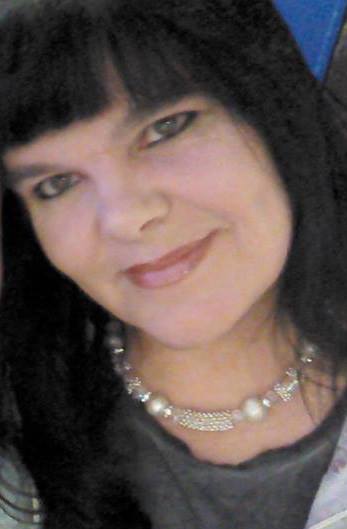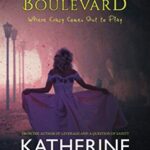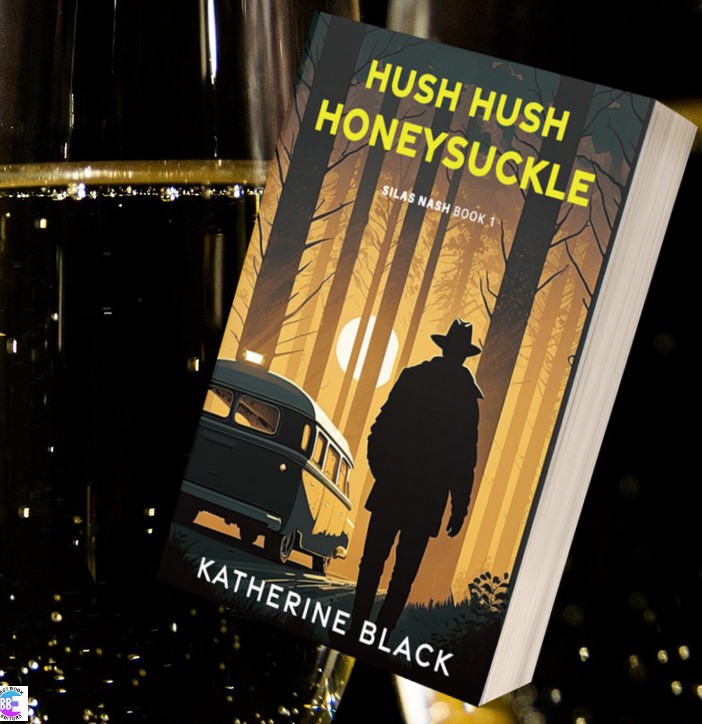 In previous articles, we’ve talked about writing fiction. Now let’s get right into creative writing. Many points in novel writing will cross over into other forms and are the same, but it is a very different ball game.
In previous articles, we’ve talked about writing fiction. Now let’s get right into creative writing. Many points in novel writing will cross over into other forms and are the same, but it is a very different ball game.
If you class yourself as a good writer—and by that, I mean that you understand the nuts and bolts of grammar/punctuation/spelling and structure, then you are ready to embark on the mammoth task of writing a book.
If you didn’t say yes to all of the above, my advice would be to go small. Write some blogs, poetry, and short stories. Concentrate on learning the craft before outfacing yourself with a massive project. However, don’t wait for inspiration to write, or you may never do it. Writing a novel for even one other person to read takes supreme confidence and ego. You’re asking somebody to give up hours of their time to read your words—so they’d better be good. Believe in yourself and make it happen. It requires commitment and perseverance.
You need to know is that writing a book isn’t easy. A novel is anything over 55,000 words, but realistically, to call yourself a novelist, you should write 75,000 words and above. Some of my books are 190,000-words.
We’re going to examine some of the crucial steps of writing a novel in easy-speak to help you write your manuscript. You don’t start by writing the good stuff. You write crap and feel great about it because you don’t know what you’re doing, and then you get better.
How to write a novel
When you have metaphorically written The End, take time to appreciate what you’ve achieved, it’s a massive thing. Be proud of yourself because next, you have to face months of monotony. Before you consider sending your book to Best Book Editors to be professionally edited, you should have given it at least three edits minimum. Only when you’ve edited until your fingers bleed will you have a story to be proud of. Your book should be in good condition before leaving you to go to the next stage in the process. Best Book Editors take on books in any condition, many editors won’t. We have clients who haven’t written before and some have learning disabilities and our promise is to work their book into a publishable standard.

There has never been a perfect first draft in the history of written literature. The first draft is all about writing rubbish. Get the words down—any words in any order, overwrite, underwrite, write in circles and repeat yourself– write in circles and repeat yourself— just write to produce something that you can call a book. You will have spelling mistakes, missing facts, unnecessary characters, scenes that lead nowhere, and everything that belongs in the first draft. It’s meant to be there and serves the purpose of getting you to the next bunch of words.
To write a novel, you need many attributes. Some of the most important things to have in place are tense, person, point of view (POV) and continuity.
Tense: are you writing in the present or past tense? There is no hard rule, but a fiction novel will generally be written in the third person past tense. A diary is more likely to be written in the first person and can be either past or present tense. Often new writers will be confused about tense, and it can be hard to get down pat. There are other things to consider. Will you be writing in the simple past tense or past perfect tense? This shouldn’t be decided on your mood that day. It should be thought out. What are you writing? Tense can be determined by genre, time, period and character.
If you are writing a period piece set in Dickensian England, it would almost certainly be written in the past perfect tense. I shall not be visiting with you today, Edward. Time simply does not permit. Notice the use of the adverb thrown in there. Language is proper. It’s verbose and wordy with longer, more purple descriptive passages. We don’t use contractions. This style is best used when you’re writing in times long ago. It can also be used to good effect if you’re writing somebody pompous or stuffed-shirt in personality.
However, if you’re writing a modern-day novel, you want people who aren’t wooden. They speak in a normal conversive manner—and unless they are—they shouldn’t be robots. You can probably go with simple past tense both in dialogue and narrative. I can’t come around to yours today, Ed. I’m way too busy, hun. Notice that we use contractions. The language is conversational as if you’re speaking to a friend.
Never use exclamation marks, and if you feel that you’ll die before dawn, if you don’t, please keep them to a minimum. If your writing is good, you really don’t need to use them.
Never use parenthesis or brackets in your prose. Their purpose is to take you right out of what’s happening and impart some third-party information. Use the M-dash instead.
Don’t WRITE IN CAPITAL WORDS to make your point. It’s awful.
Don’t use tail off… See how it jumps off the page? If your writing is good, you don’t need gimmicks. Tail off your sentences only on the occasion of somebody dying mid-sentence—and even then, I’d like to see proof via a death certificate.
Umm mmmm umm. Don’t use words that aren’t actual words.
And keep adverbs to a minimum. If it ends in LY, 9 times out of 10, you don’t need it.
Give every new speaker a new paragraph.
And avoid stage management before, during and after dialogue—but that is an article of its own.
New writers feel that they have to be very wordy and verbose. They purchase, rather than buy, exit rather than leave and peruse rather than look at. When was the last time you said to your loved ones, ‘I’m just perusing my book, dear?’ or ‘Please can you extinguish the overhead lighting?’ We don’t speak like that, so why would you write that way? Write as if you’re having a chat. Make your story flow and be conversational. Otherwise, your characters will be stuffy, wooden and robotic.
Whichever style you decide. Stick to it. I’ve seen books that are the third person, first-person, past tense, present tense and in three people’s heads all in one sentence. Know your craft, my friend—know your craft.
Another big issue that people struggle with is POV. Who is telling the story? You can have one perspective or several—however, every new POV should have its own chapter. That person needs to have enough to add to the story at that time to fill a chapter, even if it’s only three paragraphs long. Ideally, your account should be told from one person’s POV. Some books work better with more, but try not to have too many POV.
If we are in Julie’s head (Julie’s POV), the following passage doesn’t work. Julie handed Karen the document and said, ‘Blah, blah blah.’ Karen thought she looked stupid. First, we have the action, setting Julie’s POV, and she speaks to Karen. Julie can’t know what Karen is thinking. She’s not in her head. Karen might be thinking that shepherd’s pie would be a good idea for dinner tonight. So we would write; Julie handed Karen the document and said, ‘Blah, blah blah.’ The look on Karen’s face was priceless. ‘Julie, you have no idea how stupid you look.’ If there are only two people present, we don’t need to add Karen said. We know it’s her response to Julie. We’d have a new paragraph and indentation to make it a new speaker. The point is that Karen has to tell us what’s in her head because Julie isn’t in there.
Some people break POV with a scene break and switch to a different person perspective. Unless you’re screenwriting, this isn’t great writing, so it’s best to get into good habits right from the off.
One person POV. Or you need a new chapter for a perspective change.
An excellent exercise to highlight how you want to write your novel is to choose two books—one that you loved and one that you loathed. Break up your favourite book and determine what makes it so great. When you look at it with your writer’s eye, it may be a simple story—most of the best ones are. Good stories can be obscured by terrible writing. And, books that aren’t necessarily to your taste can be saved by sharp, witty writing.
Once you have the writing process down, writing your first novel is like cycling. The best way to learn how to write a book is to write it. Prepare for a headache, frustration and despair—and learn how to push through it. Writing a book takes stamina.
Each novel demands its own structure, tempo and view of the world.
There are two main writing styles, and people will choose one of them. The first method is to freestyle. Open a blank document with tiny germinations of an idea or a character, and write. This is probably better for the more experienced writer.
The other method is better for a first-time novelist, but you need to know where you’re starting from, where you’re going, and the outcome when you get there. In short, you have to have your story mapped out and a beginning, middle and end. It’s structured and charted novel writing.
Chart Your Novel
You can use Trello or a similar card programme for novel charting.
Your first card should have your character list. You can add or get rid of them as you write. Nothing is cast in stone. You get extra brownie points if you can list your character cards in the order they will appear.
The next set of cards will be your chapter cards. Bulletpoint your chapters beginning with Chapter One. It can be as simple as. In chapter one, Billy meets Rosie outside the chippy. If you have more to go on than a brief chapter overview, make it more detailed. Billy’s in a lousy mood because… Rosie is wearing…. Billy is hit by a car that comes screeching around the corner and doesn’t see them.
Describe what’s going to happen in that and every subsequent chapter.
 That’s your storyboard. You can add to it as ideas come to you. And of course, the beauty of writing is that in chapter thirty-two, you may shoot off at a tangent as a brilliant new sub-plot comes to you at four in the morning, and you have to get up and write it. That’s fine. Your storyboard is a guide—it isn’t a rule book to be followed to the letter.
That’s your storyboard. You can add to it as ideas come to you. And of course, the beauty of writing is that in chapter thirty-two, you may shoot off at a tangent as a brilliant new sub-plot comes to you at four in the morning, and you have to get up and write it. That’s fine. Your storyboard is a guide—it isn’t a rule book to be followed to the letter.
The good thing about charting is that it gives you direction. The downside is that if you try and follow it too literally, it can limit your novel’s possibilities and cause you to get stuck. I have seen writers spinning their wheels for years because they were committed to a failed project.
Be flexible, move and adapt and above all, listen to your characters—they know what they’re doing, especially when they don’t. Give them their head and let them carry you. Every writer is different, and every writer will find his own way of writing his book. However, charting helps you get from A to B without getting lost halfway through—it is your writing GPS. You need some form of structure, so you don’t burn your way through 30 pages and realise that all you’ve done is waffle. Charting will give you an idea of where you’re going and how you’re going to proceed.
Understand your characters. You are going to have these people inside your head for a long time. You need to know them. Another good exercise is to get somebody to quick-fire 20 character questions at you. You may never use any of this in your book, but you still have the information. You know what the first album they bought was without having to think about it. You know, the first movie that made them cry. You know that after three pints of lager, Billy will vomit. Strawberries give Julie the hives. You know that Karen would never be seen dead in that coat on the television advert. Joey broke his leg when he was six. Maggie loves seafood, but Megan hates it. Orla would never sing on karaoke, but you can’t keep Jessica away from it.
Know your people.
Academics believe that there are only seven basic plot structures in all of storytelling history. Basically, there are only seven stories in the world. They are frameworks that are recycled in fiction, and it’s up to us to put our spin on them.
The Seven Plots are:
- Overcoming the Monster
- Rags to Riches
- The Quest
- Voyage and Return
- Rebirth
- Comedy
- Tragedy
We have to find something to make our words different. A writer can’t write the same book as somebody else. Hundreds of people could follow the same roadmap and end up with massively different novels because people, times, place and pace are always different.
This advice on how to write a novel—is also how not to write one. Rules apply, and whether we like it or not, if we’re going to be taken seriously, we have to know them and stick to them. It is the cry of an artistic rebel who goes to the grave, denouncing rules and technique and running away from the structure. And one that is probably not going to sell many copies of his books.
The Secret of Writing a Novel is to Write
Deal with minor problems, and when they turn into major ones, you step back and look at your options. Every corner you write yourself into has a lever hidden in the wall that opens a concealed passage to write you out.
The place is not as important as the space you occupy. You can write on the beach, in the cupboard under the stairs, or locked in the garden shed. However, you must make space in your life, moment, and mind to write. Find somewhere quiet, without distraction and make time—knit it with pink wool if you have to— to write undisturbed. You’ll find your flow. The writer’s curse is when the demands of life and his family crash in.
When you’re writing, if you are taken away to pick up the kids or load the dishwasher, it can stop you stone-dead. It’s okay having a partner that says, ‘Just do this and then you can get back to it,’ but it doesn’t work like that. Writing is exhausting. It tires the brain and is enervating. When you write, and you’re on a roll, you’re releasing endorphins and adrenaline. You might only step away from your keyboard for half an hour—but getting back into the same headspace that you had can be impossible. For that reason, it’s good to set yourself a daily word count target and try to set the same time slot aside for your writing. It’s not always possible—we all have lives and external demands. But this is your book. You have a right to certain selfishness. It’s a huge undertaking, and structure makes the process smoother.
If it matters to you—then you find the time.









